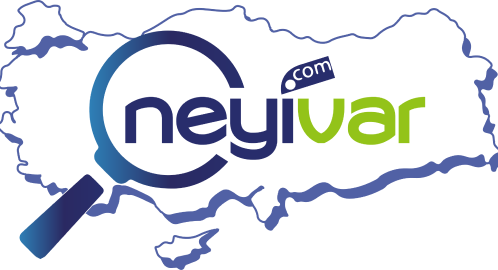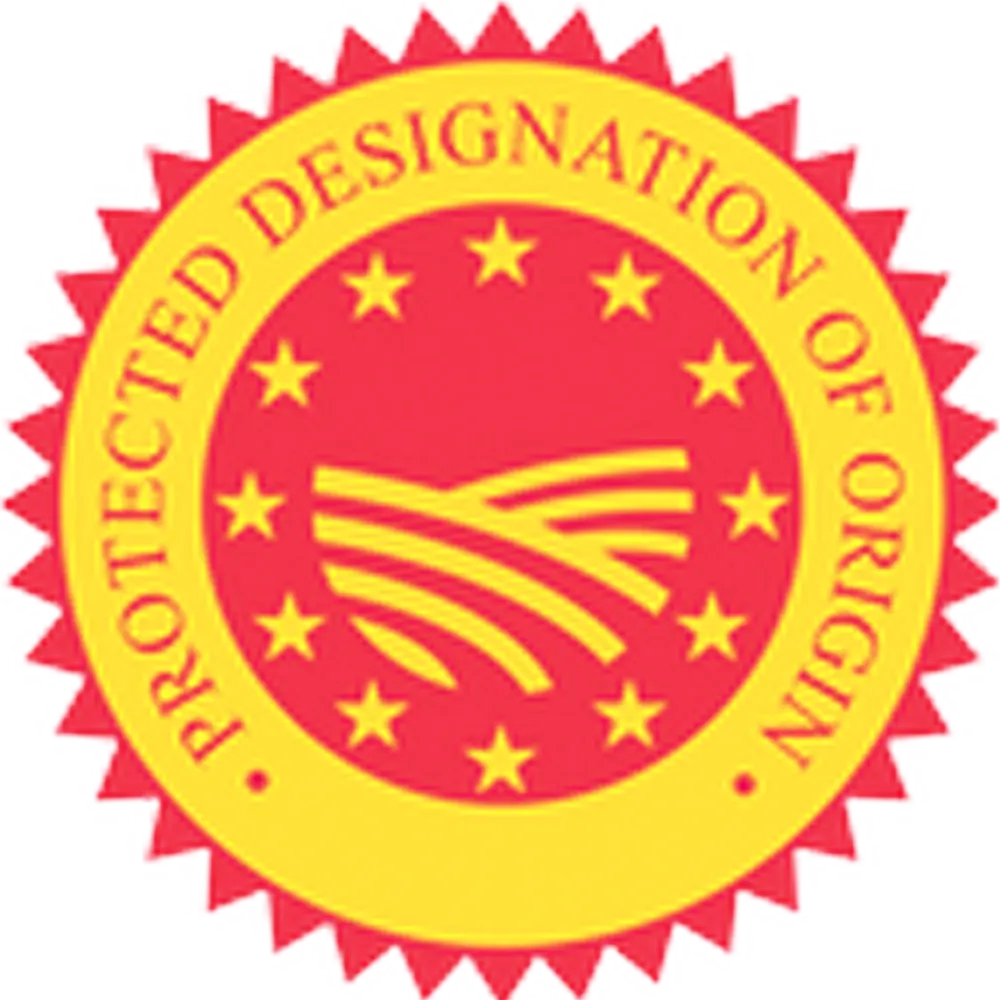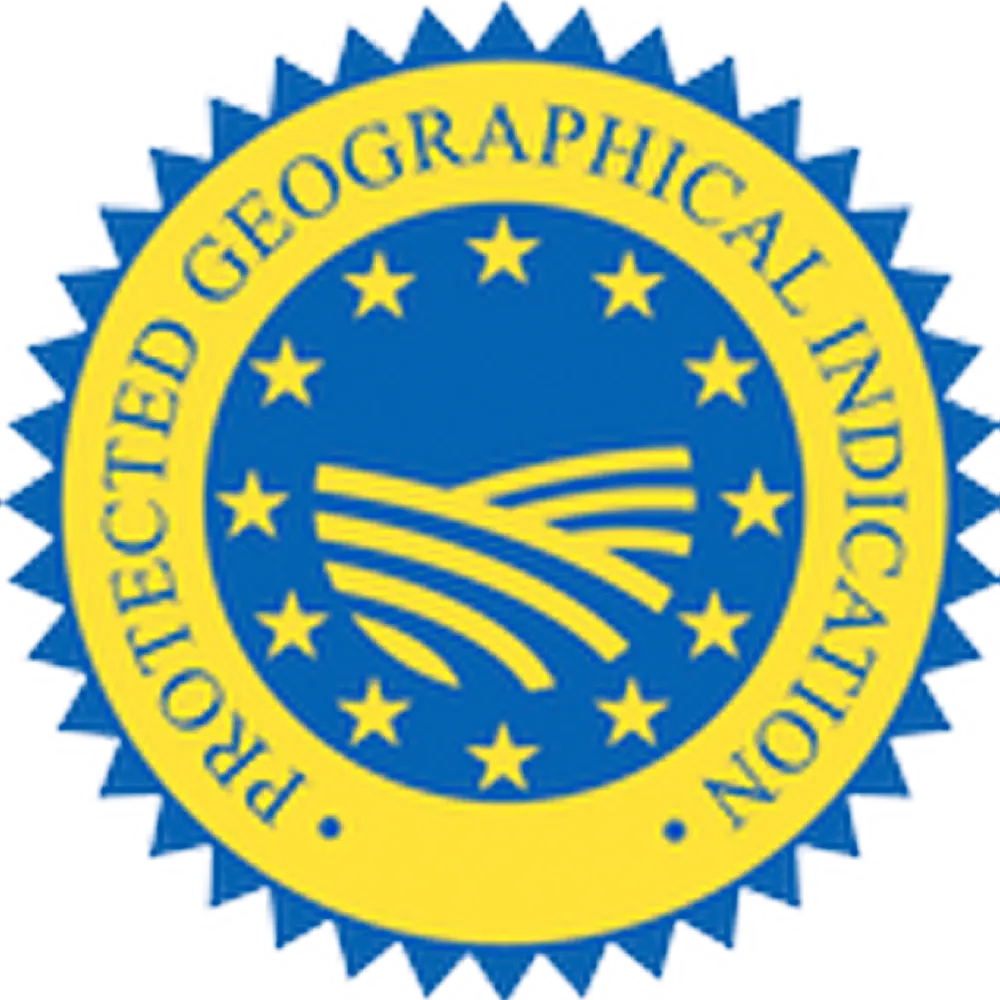Antep Liquorice Sherbet Protected Geographical Indication
Tuesday, July 5, 2022
No: 441 – Protected Geographical Indication (PGI)
ANTEP LIQUORICE SHERBET
Registrant
GAZİANTEP COMMODITY EXCHANGE
This geographical indication was registered on 01.07.2019 to be protected as of 20.07.2017 under the Industrial Property Law No. 6769.
Registration Number : 441
Registration Date : 01.07.2019
Application Number : C2017/060
Application Date : 20.07.2017
Name of Geographical Indication : Antep Liquorice Sherbet
Product / Product Group : Sherbet / Non-alcoholic beverages
Type of Geographical Indication : Protected Geographical Indication (PGI)
Registrant : Gaziantep Commodity Exchange
Address of Registrant : Sanayi Mahallesi 60092 Numarali Sok. No:15 27170 Sehitkamil GAZIANTEP
Geographical Boundary : Gaziantep city center and districts
Usage Format : The emblem demonstrating the geographical indication phrase and the sample of
which is attached will be placed on the product packaging.
Product Description and Distinctive Features:
Liquorice sherbet, acquired by using Glycyrrhiza glabra L. from liquorice species and prepared by adding cinnamon, cloves and rose water, and consumed in Gaziantep during summer, Ramadan and on religiously important days. It is distributed on the streets for charity purposes during important times, such as funerals, thursday nights, friday prayers, mawlids and holy nights. This is called “sebil”, in which the person who wants to do charity pays money for the sherbet to the liquorice sherbet vendor and distributes it by walking around in neighborhoods.
It is said that liquorice sherbet is the beverage that represents Antep. Liquorice vendors sell the liquorice sherbet in leather bottles carried on their backs by pouring it into a bowl. To attract customers and make themselves noticed, they knock two bowls made of galvanized sheet on top of each other and make them jingle.
In Antep Liquorice Sherbet, liquorice fibers, liquorice powder and water are the main components; cinnamon powder, cloves, rose water and ice are used as flavor enhancers and coolers. Sugar and other sweeteners are not used in production.
Production Method:
There are many businesses that process liquorice root in Gaziantep and nearby areas. In these places, liquorice roots specially processed for Antep Liquorice Sherbet are used. There are two types of processed liquorice root used in the making of liquorice sherbet. The first type is liquorice fiber, which has a filamentous structure. It is obtained by finely disintegrating the liquorice root into filiform texture. This type is the main component of liquorice sherbet. The second type is obtained by separating the powder derived during the processing of liquorice root and is called liquorice powder.
Liquorice fibers are laid thinly in mechanisms made of wood called rafts (“sal”) with a slight slope and a groove on the bottom to allow the syrup to flow. Although it may vary according to the size of the raft, approximately 4.5 kg of liquorice fiber is laid dry and sparsely for a 150x75 cm raft.
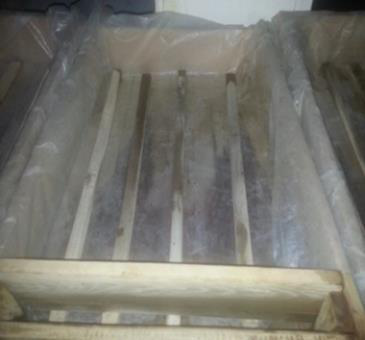
Raft used in the making of Antep Liquorice Sherbet
Liquorice fibers are laid on the rafts the evening before production and early the next morning, 225 g of liquorice powder is added and mixed together thoroughly by rubbing. Ice pieces with a diameter of 5-7 cm3 are placed on it. Meanwhile, cinnamon powder, cloves and rose water are added, for a total of 10-15 g for each raft. This amount corresponds to approximately 1% of the capacity of the raft.
Liquorice powder is a by-product formed during the fibrous breakdown of liquorice root in special machines. By saturating liquorice fibers in the raft, liquorice powder helps the sherbet's coloration, similar to that of cola's, and increases the sherbet yield. Although 9-10 liters of sherbet is obtained from a raft alone, this amount reaches 13-15 liters when liquorice powder is added.
5 liters of water is slowly poured onto the liquorice mixture in the raft. The supplied water goes down the raft. The color of this water is very clear. The water collected from below is poured again with greater rapidity from top to bottom. This movement is repeated for 5-10 minutes. The liquorice water starts to get a darker color and foamy. For it to not be bitter, the syrup obtained needs to be poured from one container into another, foaming the syrup and removing the foam from the syrup. The gathered liquorice syrup is put into plastic barrels produced in accordance with the regulations of Turkish Food Codex Plastic Substances and Materials in Contact with Food. Half the amount of this sherbet is mixed with the previous liquorice sherbet, which is called "the breeder". It is left to rest for 1-2 hours with some ice placed on it. Meanwhile, the sherbet becomes thicker and darker in color as its aroma develops.
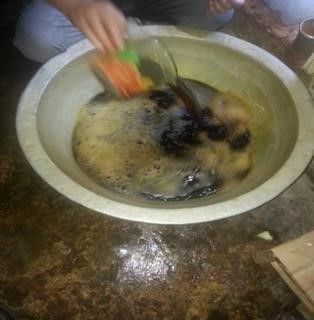
Antep Liquorice Sherbet being thickened and foamed
After resting in the barrel for 1-2 hours, 5 liters of water is added to the liquorice sherbet taken in a copper container and diluted a little. Antep Liquorice Sherbet is poured in sherbet containers made of glass or copper and is served with ice. Antep Liquorice Sherbet is offered for direct consumption as it is consumed daily. It maintains its freshness for 4-5 days when stored at 4-6 °C.
Flow Chart of Antep Liquorice Sherbet
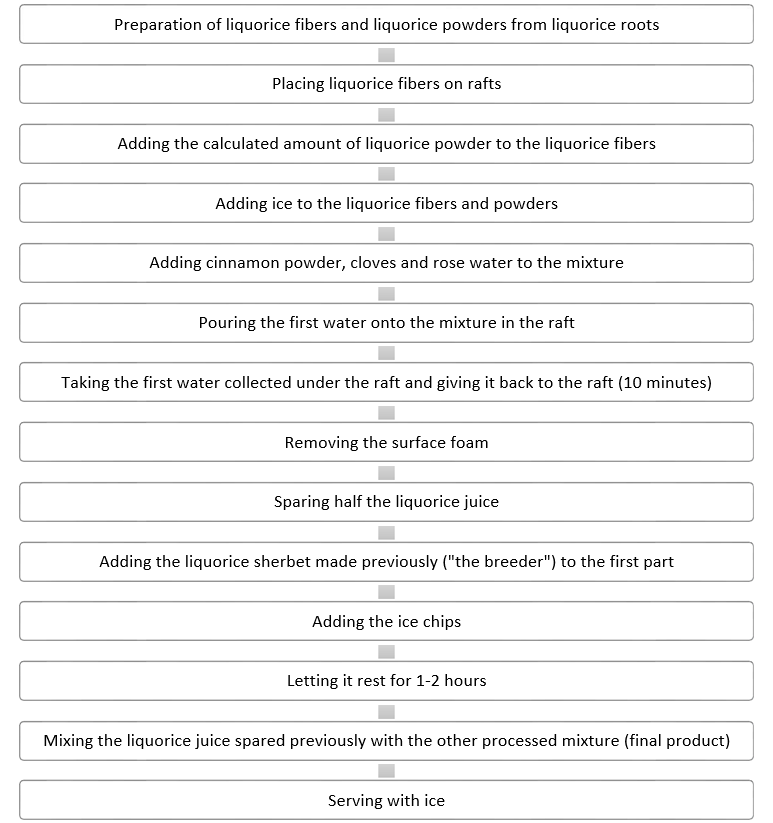
Production, Processing and Other Transactions to be Performed within the Geographical Boundary:
Every stage of Antep Liquorice Sherbet production, including material selection, requires mastery skills. Thus, all stages of production take place within the specified geographical limit.
Inspection:
Under the coordination of Gaziantep Commodity Exchange, the supervisory authority consists of 4 experts working in Gaziantep Provincial Directorate of Agriculture and Forestry, Gaziantep Gastronomy and Tourism Association, Gaziantep Chamber of Restaurants, Kebab Shops, Pastry Shops, Dessert Shops and Baklava Shops, and Gaziantep University Faculty of Fine Arts, Gastronomy and Culinary Arts Department.
The supervisory authority inspectss whether the production is carried out in accordance with the features specified in the sections "Definition and Distinctive Features of the Product", "Production Method" and "Production, Processing and Other Operations to be Performed within the Geographical Boundary" and the characteristics of the final product. Inspections are carried out periodically once a year or as often as deemed necessary. In addition, it is always done in case of any complaints.
The supervisory authority may benefit from or purchase services of public or private institutions, or natural or private entities in charge, during the execution of the inspection. The registrant carries out the legal processes for the protection of rights.
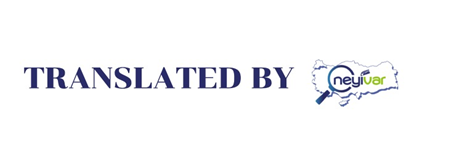
Original text from ci.gov.tr.
